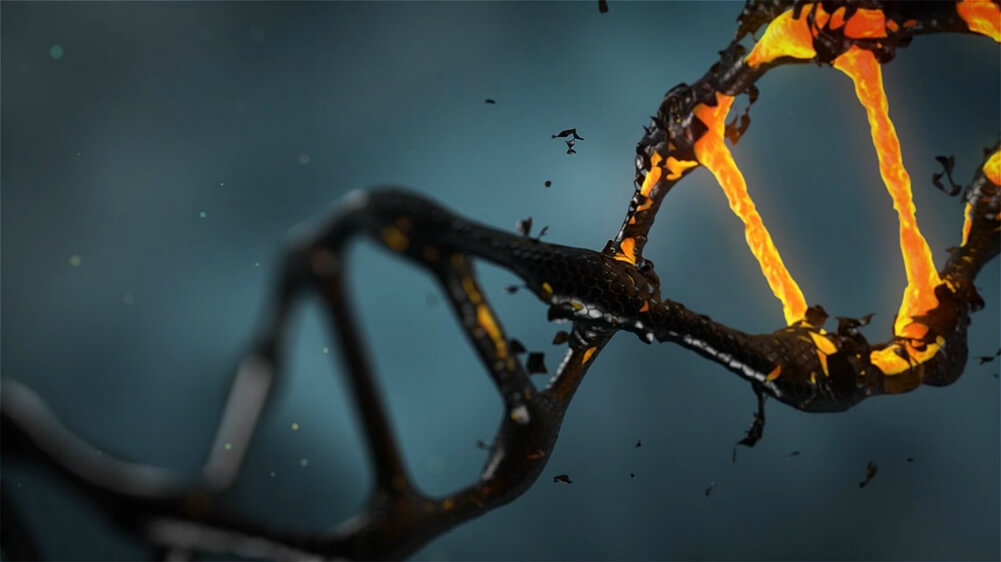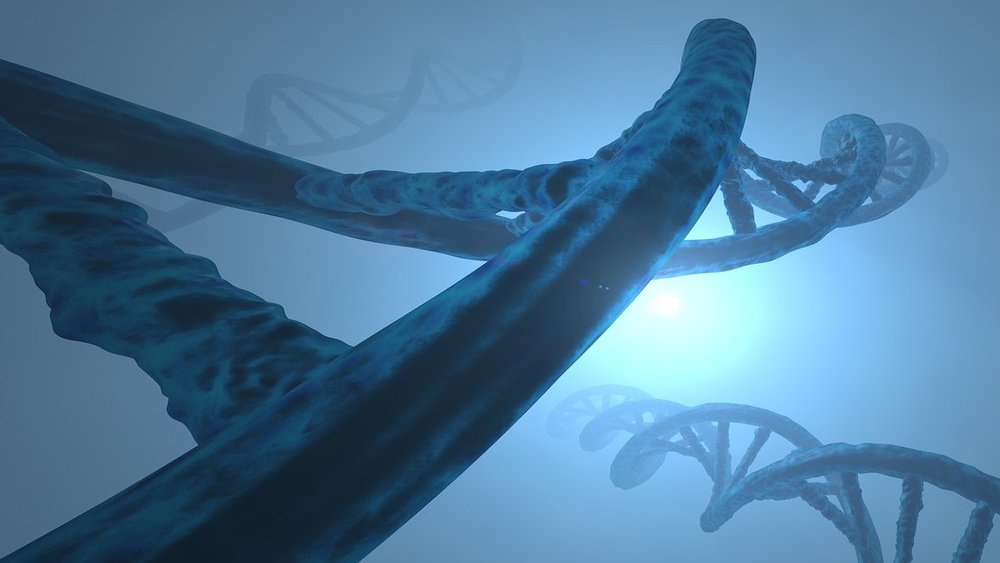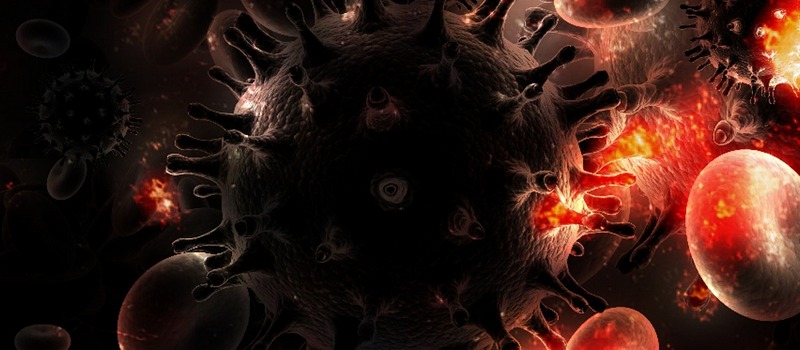Discovery of the CRISPR gene-editing technology is widely considered the biggest scientific breakthrough since the discovery of PCR. However, less publicized is the intense legal war being fought over who the technology´s rightful owner is, a decision that could drastically influence its future use.
Before we dive into the legal details, lets take a step back to review what the initial dispute was all about. Two parties filed patent applications for the CRISPR technology in 2012: Jeninifer Doudna and Emmanuelle Charpentier of U.C. Berkeley and the University of Vienna in May; and Feng Zhang of MIT and Harvard in December.
Even though it would appear that Doudna and Charpentier were the first to invent the technology, Zhang´s application was fast-tracked and reviewed first. Additionally, Zhang specifically included the use of CRISPR, a natural bacterial pathway, in eukaryotic cells. This odd series of events led to a rare legal proceeding known as an interference, a trial to determine who the technology´s true inventor was.
The proceeding reached a critical phase last Tuesday – a public oral presentation of arguments by both parties in front of a three-judge panel. Each party had only 20 minutes to present their case and the discussion mainly addressed the issue weather Doudna´s and Carpentier´s initial patent claim provided sufficient evidence for an obvious adaptation of CRISPR in eukaryotes. If this turns out to be the case, the patent will most likely go to the initial inventors, otherwise Zhang will remain the owner, or at least in most parts. Based on trial reports however, the team at U.C. Berkeley seems to be on the defensive.
“[Doudna’s team] does mention eukaryotic cells but is light on the details on how to scale that technology” Jake Sherkow of New York Law School and a close follower of the trial told The Scientist after the hearing.
The decision is likely due in 2017, but whatever the turnout, history tells us that patenting scientific findings tends to hurt the public good. Let´s hope the rights to this potentially life-saving tool fall into the right hands, whoever it might be.
Watch a short video report from Tuesday´s public hearing:
By Luka Zupančič, MSc, University of Applied Sciences Technikum Vienna











